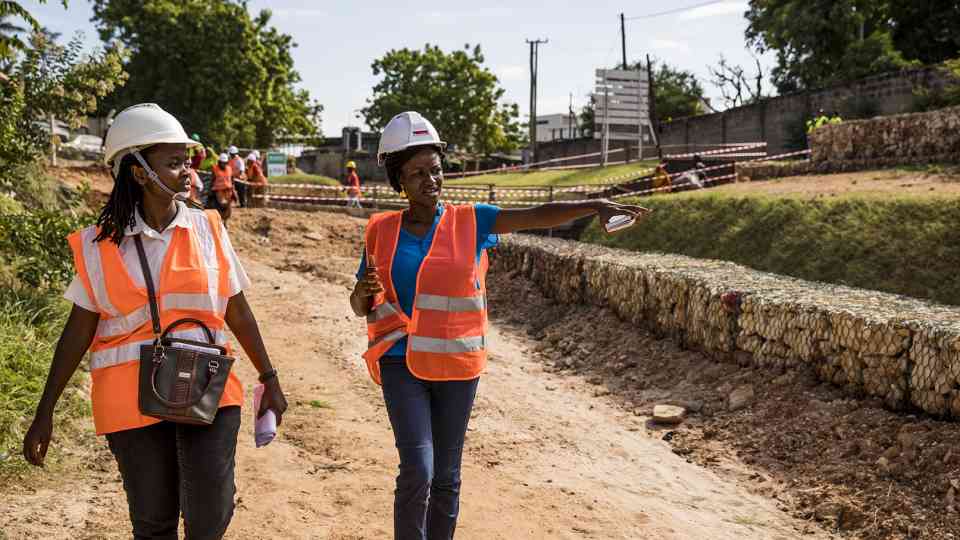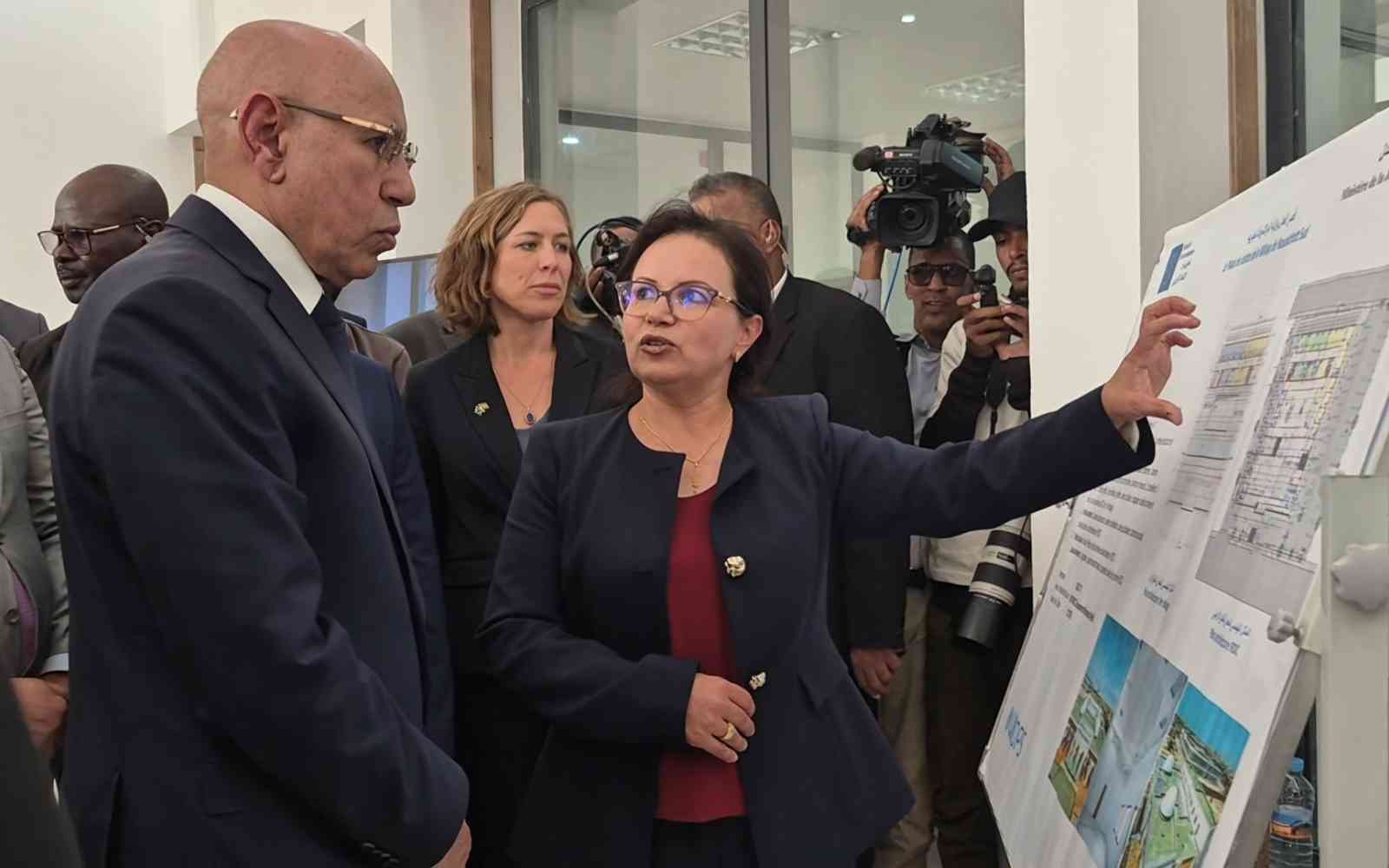The United Nations Office for Project Services (UNOPS)

Gender and infrastructure: Can we get more women into engineering?
Infrastructure needs around the world are great. But how can we ensure women’s perspectives reach this traditionally male-dominated field?
When the word ‘infrastructure’ is mentioned, the picture that often comes to mind is men working on construction sites. Although the number of women graduating with engineering degrees is increasing, very few women ultimately take up civil engineering as their career.
Why? In part because biases still exist when it comes to women working on infrastructure projects – we are still seen differently. This starts from university classrooms – and continues onto construction sites. As a female engineer, I’m aware of these challenges – I have first-hand experience.
You might encounter unsavoury comments from men working on the same construction site – comments that must be handled with professionalism for fear of being branded ‘too sensitive.’
Or improper sanitary conditions that don’t take into account the needs of women can also be a deterrent. Often, it’s a challenge getting a separate toilet installed for women working on site – contractors ask women to use the same toilet as men because there are more men on site.
And although there are always risks associated with working in construction, women in particular are often portrayed as too vulnerable to be on construction sites. Employers sometimes use this stereotype to discourage women from working on these sites based on ‘safety concerns’ – even though both men and women face the same risks.
For female engineers who want to get into the relief and development fields, this work normally takes place in some of the most challenging locations in the world. Too often, women don’t have the same opportunities as male colleagues to work in these places, due to the assumption that women either can’t or don’t want to work there – we’re seen as too fragile to or incapable of handling the long hours in difficult locations.
Fight stereotypes
So how can these barriers be overcome? How can we not only get more women into the civil engineering field, but also ensure they stay and help inform the infrastructure being designed and implemented?
While with UNOPS, I managed an infrastructure project in Burundi, where there was a lack of reliable access to electricity and running water, as well as restricted freedom of movement. By encouraging more qualified women engineers to apply to work in these kinds of locations, we can fight the stereotype that women are unable or unwilling to work in difficult locations.
Often on construction sites, women don’t feel comfortable reporting inappropriate behaviour. That’s why I try to foster an open environment on every project site I manage – to ensure that every woman working there feels comfortable coming forward with issues so that they can be addressed.
As project manager, I ensure men and women doing the same type of work receive the same type of contract and are paid the same amount of money. I also enforce hygiene regulations by making sure separate sanitation facilities are set up for men and women, as well as make it clear to everyone that we operate based on gender equality.
Institutional support is also key. I’m fortunate to work for an organization that encourages women to apply for infrastructure jobs in all of the places they’re implementing projects, which includes some of the world’s most challenging environments.
We need more women in senior engineering leadership roles to inspire, mentor and reinforce the accountability measures we’re all responsible for upholding. This will eventually ensure regulations designed to enable equal access aren’t flouted.
Civil engineering is a rewarding profession. Contributing to the creation of all kind of infrastructure – knowing that it will benefit an untold number of people – is an exhilarating feeling beyond words. Let’s not deprive an untold number of female engineers of that same feeling due to stereotypes and assumptions keeping them from pursuing careers in civil engineering.
Shameena Jeewooth
Shameena Jeewooth is a Civil/Structural Engineer with several years of experience in project management, design and supervision, including as Officer in Charge/Project Manager in Burundi. She currently works as a Civil Engineer – Design Review with UNOPS Infrastructure and Project Management Group in Copenhagen.











